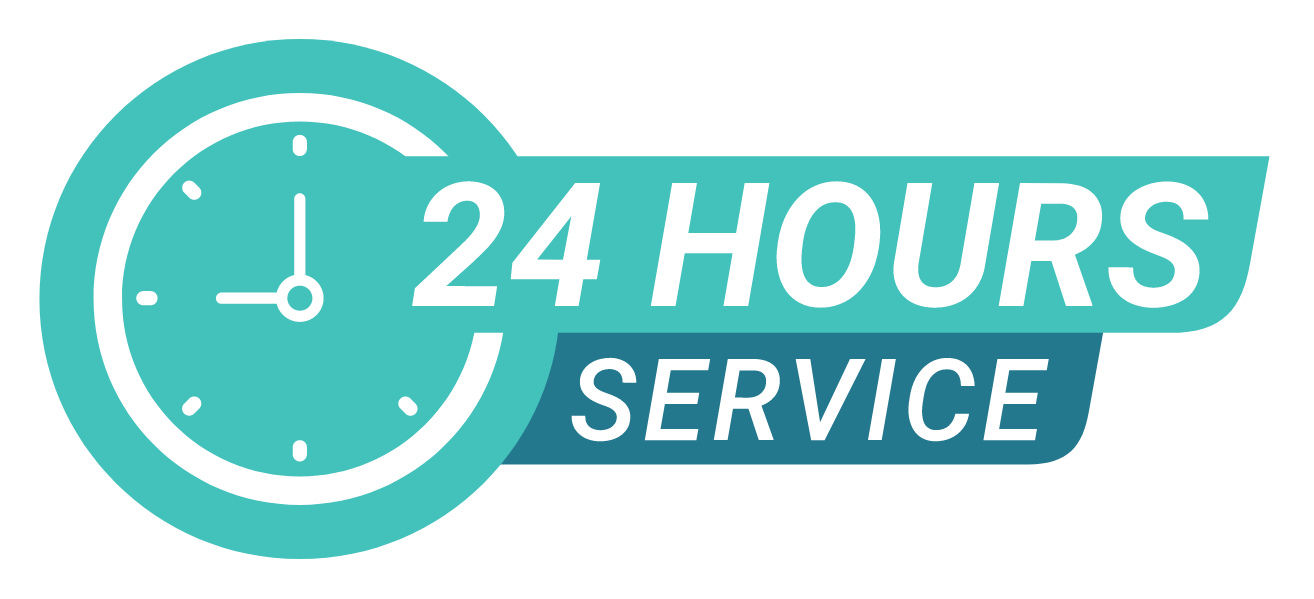PROFESSIONAL MOLD REMEDIATION SERVICES IN MARYLAND
Mold growth in your home or business isn’t just unsightly—it can threaten indoor air quality, compromise structural integrity, and pose serious health risks. At Tri State Restorations, we specialize in expert mold remediation services across Maryland to restore your property and peace of mind.
Our IICRC-certified team uses industry-leading technology to detect, contain, and safely remove mold at the source. From attics and basements to commercial spaces, we offer tailored solutions to eliminate mold and prevent it from returning. Whether the cause is hidden moisture, water damage, or high humidity, we address the root of the problem to protect your environment long-term.
Our Maryland Mold Remediation Services Include:
✅ Detailed Mold Inspection & Air Quality Testing
✅ Safe, Targeted Mold Removal & Cleanup
✅ Moisture Detection & Prevention Strategies
✅ Residential & Commercial Remediation Solutions
Why Maryland Chooses Tri State Restorations:
✅ 24/7 Emergency Availability
✅ IICRC-Certified Mold Experts
✅ Insurance Claim Support & Affordable Rates
✅ 5-Star Service Trusted Across the Region
Protect your home, health, and investment with professional mold remediation in Maryland. Contact Tri State Restorations today for fast, reliable service.
24/7 Emergency Line 866-602-5782
90-minute response time!
Learn more Mold Damage Remediation (Download PDF)
Learn more The Hidden Dangers of Springtime
How to Avoid Mold & Water Disasters (Download PDF)
THE HAZARDS OF MOLD
Be aware of the warning signs Mold produces hazardous toxins that spread through airborne spores. Once airborne, these toxins pose serious health risks when inhaled by property occupants. Affects can range from a simple runny nose to possible death!
Runny Nose • Headaches • Sore throats • Shortness of breath • Coughing • Sneezing • Irritated eyes • Asthma attacks • Asthma-like symptoms • Lung infections • Sinus infections • Rashes or hives • Fatigue • Depression • Depressed immune system • Aspergillosis • Blastomycosis • Histoplasmosis • Coccidioidomycosis • Yeast infection • And more!
THE REMEDIATION PROCESS
Tri State technicians perform state-of-the-art
inspections utilizing infrared technology to determine
specific levels of mold content and where they exist.
Our certified mold remediation experts arrive onsite
to provide a full inspection of the damage in your
home or facility, then provide you with an action
plan leading to a simple and efficient mold removal
process, and include recommendations to prevent
future intrusions.
WE IDENTIFY
AND ELIMINATE
THE SOURCE
TSR CERTIFIED TECHNICIANS WILL:
1
TSR certified technicians arrive on site ready to plan your customized remediation strategy based on IICRC operating standards for contamination removal and get to work.
2
We start your remediation by extracting water and moisture from your property to begin the removal of all affected areas.
3
We then identify the source of your mold disaster and completely remove all microbial damage and growth to prevent future hazards.
4
TSR while using state-of-the art equipment to ensure your life returns to normal as fast as possible!
TYPES OF MOLD
THE MOLD IN YOUR PROPERTY COULD INCLUDE, BUT IS NOT LIMITED TO…..
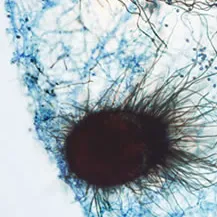
Chaetomium
Commonly found in soil, air, cellulose and plant debris, this contaminant is known to cause infections and Type 1 allergic reactions or for those with compromised immune systems, extreme illness and death.
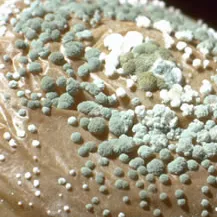
Penicillium
Although this common blue-green mold produces the antibiotic penicillin, prolonged exposure can result in:
- Allergic Reactions
- Respiratory Symptom
- Organ Damage
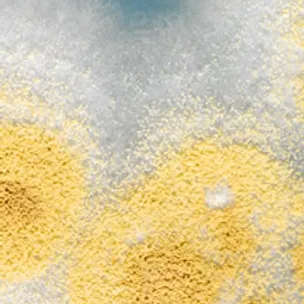
Aspergillus
This mold produces harmful toxins that cause serious health risks which can often become fatal for those with weakened or compromised immune systems.
Hay Fever
Asthmatic Reactions
Lung Infections
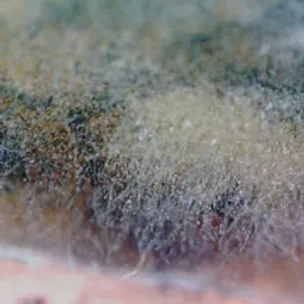
Stachybotrys
Most commonly known as black mold, this fungis is often found on wet materials and is difficult to spot because growth occurs behind walls and under ceilings. Black mold can cause severe adverse health reactions and is considered extremely dangerous.
TYPES OF
APPOINTMENT
WITH THE EXPERTS
It never hurts to get expert mold & mildew advice... reach out to TSR to speak with an expert today!
Maryland & Virginia, and for commercial properties in Washington D.C.
We provide commercial and residential mold removal & remediation in
Maryland & Virginia, and for commercial properties in Washington D.C.
Contact our 24-hour Emergency Line: 866-602-5782




